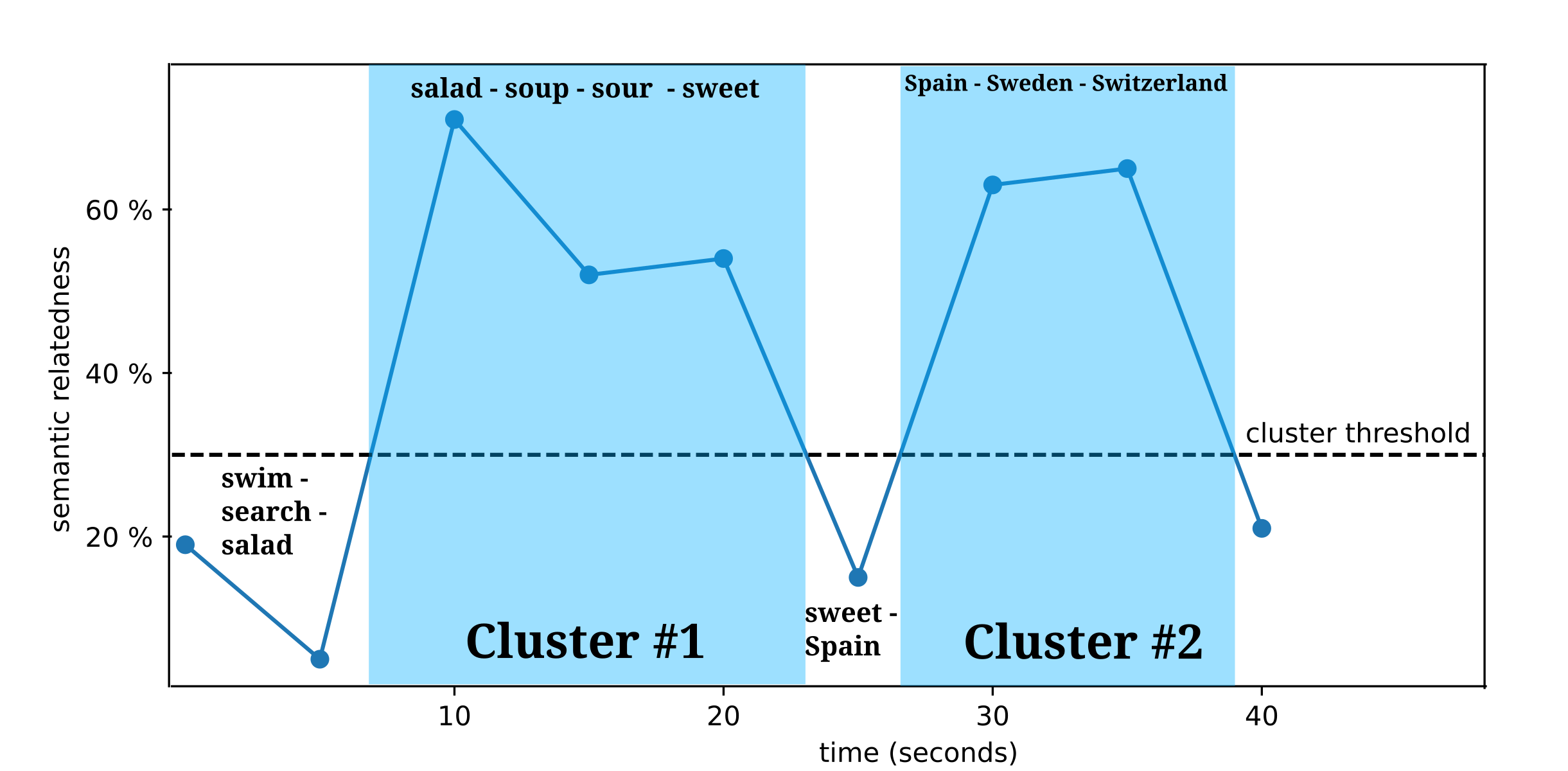Category: Parkinson's Disease: Cognitive functions
Objective: The aim of this work was to develop and validate a method for automated identification of semantically related clusters for verbal fluency tasks (VFT) in Parkinson’s disease (PD). Furthermore, we explored which cognitive functions were captured by the cluster characteristics obtained from this approach.
Background: Cognitive decline is a frequent symptom in PD leading to reduced quality of life and increased health-related costs. Cognitive functions in people with Parkinson’s disease (PwPD) are normally assessed using paper-based neuropsychological tests. In contrast, VFTs can be conducted within one minute and don’t require supervision from an experienced rater. Semantic and phonematic word clusters can be identified from VFT transcripts and provide additional information about executive and language functioning. Traditional methods for cluster identification require manual work and are based on subjective decisions of a rater, thereby strongly limiting their application.
Method: Phonematic (n=69) and semantic (n=51) VFTs were performed by PwPD. We identified semantically related word clusters for both VFTs [figure1] using a neural network which was trained on the Wikipedia text corpus before. Cluster characteristics were compared with results from traditional neuropsychological tests.
Results: The automated method resulted in comparable clusters for the semantic VFT and also allowed identification of reasonable semantic clusters for the phonematic VFT. Cluster characteristics obtained by this automated analysis showed strong correlations with several neuropsychological tests reporting overall cognitive functioning, executive function and language function. We published our model to allow other researchers to use this approach for their own research.
Conclusion: Automated cluster identification by using a semantic relatedness model is feasible in PwPD and provides easily accessible and valid digital biomarkers for language and executive function. We provide a standardized method for cluster identification which can be used by other researchers for analysis of both phonematic and semantic VFT in different languages.
To cite this abstract in AMA style:
T. Hähnel, T. Feige, J. Kunze, A. Epler, A. Frank, J. Bendig, N. Schnalke, M. Wolz, P. Themann, B. Falkenburger. Automatic cluster analysis using semantic relatedness for verbal fluency tasks in Parkinson’s disease [abstract]. Mov Disord. 2023; 38 (suppl 1). https://www.mdsabstracts.org/abstract/automatic-cluster-analysis-using-semantic-relatedness-for-verbal-fluency-tasks-in-parkinsons-disease/. Accessed January 5, 2026.« Back to 2023 International Congress
MDS Abstracts - https://www.mdsabstracts.org/abstract/automatic-cluster-analysis-using-semantic-relatedness-for-verbal-fluency-tasks-in-parkinsons-disease/

